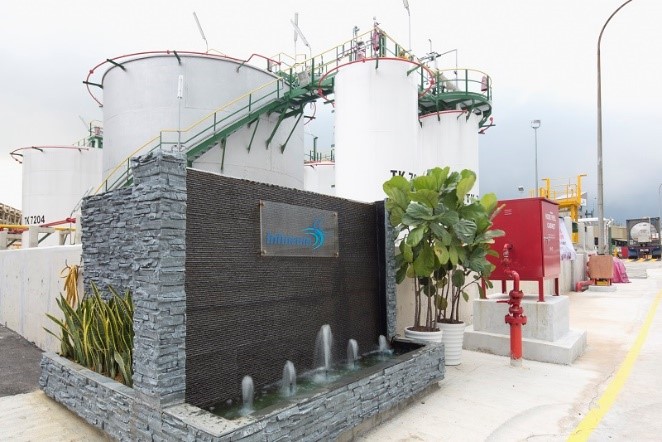More recycling, less sludge waste
An initiative by our Singapore plant (pictured below) to recover and recycle materials generated in the production of an important component used in Infineum additive packages has reduced sludge waste by 38% compared to 2020.

Infineum uses calcium sulphonates in products for the automotive industry because they can prevent corrosion of internal engine parts and increase lubricity, reducing wear, when added to lubrication oils.
Recognising that sludge waste discharged in the production of calcium sulphonate contains useful materials which could be recovered rather than sent for disposal, the operations team focused on recycling as much of the waste as possible from our unit.
Recovery involves using a ‘scroll decanter’ to separate lighter useful solvent and calcium sulphonate product from the heavier thick sludge waste.
However, initial recovery rates were less than those targeted as the process was being hindered by automatic shutdowns of the decanter. A troubleshooting team identified the core issue as a build-up of nitrogen in the scroll decanter because the piping was too narrow to allow nitrogen to flow out.
Improvements and pipe upgrades implemented at the beginning of 2021 enabled the scroll decanter to run more frequently, consequently recovering greater quantities of useful materials from the sludge waste.
As a result, the amount of sludge waste disposed of in the production of calcium sulphonate at the Jurong Island plant has been reduced from 17.03 to 10.98 kilograms per tonne of product produced.*
*Average figures when comparing September 2019 to August 2020 with September 2020 to August 2021.
